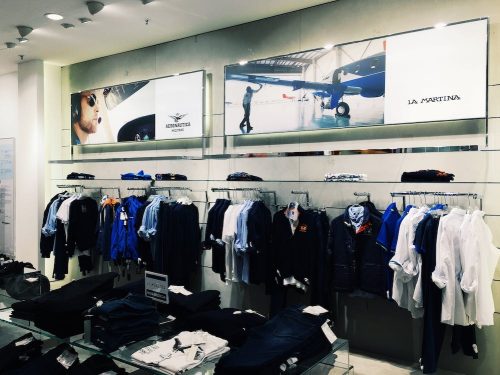Analyze Data for Better Retail Insights
Definition of Retail Analytics
In today’s competitive retail environment, retailers need to continually measure and improve their performance in order to survive. That’s where retail analytics come in. Retail analytics is a field of data science that uses data-driven insights to gain actionable insights into a retailer’s operations, customer behavior, and more. 
Analytics in retail industry helps retailers identify trends and opportunities for improvement within their current operations as well as anticipate future needs. This field can be broken down into two main components: descriptive analytics and predictive analytics. Descriptive analytics helps identify what has happened in the past by analyzing historical data such as sales, customer feedback surveys, inventory levels, etc., while predictive analytics can help retailers anticipate future trends by using machine learning algorithms to make predictions about customer behavior or product demand.
The goal of retail analytics is to give retailers an edge over their competitors by understanding the factors that affect their business so they can make informed decisions about marketing strategies, pricing models, inventory management techniques, staffing needs – you name it! By leveraging these insights, retailers are able to optimize operations and maximize profits while improving customer service.
Retailers also use retail analytics to understand how customers interact with products or services so they can tailor their offerings accordingly.
Types of Retail Analytics
Retail analytics is the process of collecting, analyzing, and reporting data from retail operations to improve business decisions. Retail analytics can help retailers better understand their customers, optimize supply chains, increase sales and profits, and reduce costs. It is a powerful tool for understanding how customers behave in order to create personalized shopping experiences that drive sales. In this article, we will discuss the different types of retail analytics available today.
- Sales Analytics: Sales analytics provide insight into what products are selling best at any given time. By analyzing customer purchase patterns, retailers can identify trends and adjust their inventory accordingly in order to maximize sales potential or focus on specific product lines that are driving success for their business.
- Customer Behavior Analytics: Customer behavior analytics allow retailers to learn more about their customers by tracking customer interactions with products or services throughout the entire buying cycle – from initial research through post-purchase reviews or feedback surveys – in order to gain valuable insights into why they make certain purchases and how they feel about them after purchase. This type of data helps retailers create personalized experiences that meet customer needs and expectations while improving overall satisfaction levels with the brand or store experience as a whole.
Challenges Faced with Implementing Retail Analytics in a Retail Business
Retail analytics can be an invaluable asset for any retailer, giving them insights into customer behavior, sales trends and other important data points. However, implementing retail analytics in a retail business can come with several challenges. Companies must consider the cost of implementation, difficulties in training staff and potential issues with data accuracy before beginning their journey into retail analytics.
One of the biggest challenges when it comes to utilizing retail analytics is the cost associated with implementing such a system. Depending on the size and scope of a store’s needs, setting up an effective system can be expensive due to hardware costs and software licenses. Additionally, companies may need to pay consultants or contractors to set up and configure their systems as well as provide ongoing support for any issues that may arise during their usage.
Another challenge businesses face when using retail analytics is training staff on how to use such a system effectively. With so many features available within most systems, it can be difficult for employees without technical backgrounds to understand exactly what they are supposed to do when working with such software. It’s important that retailers make sure their personnel have adequate training so that they are able to confidently utilize all aspects of the program in order to maximize its potential benefits.
Conclusion
The use of analytics in the retail industry will continue to be a powerful tool for optimizing profits and customer experience. With advances in technology and data gathering, retailers are able to leverage data-driven insights into consumer behaviors, preferences and trends that can help them make more informed decisions about inventory management, pricing strategies, marketing campaigns and more. By using analytics to better understand their customers’ needs, retailers can ensure they are offering the most effective products at the most competitive prices while driving loyalty from their customers.





